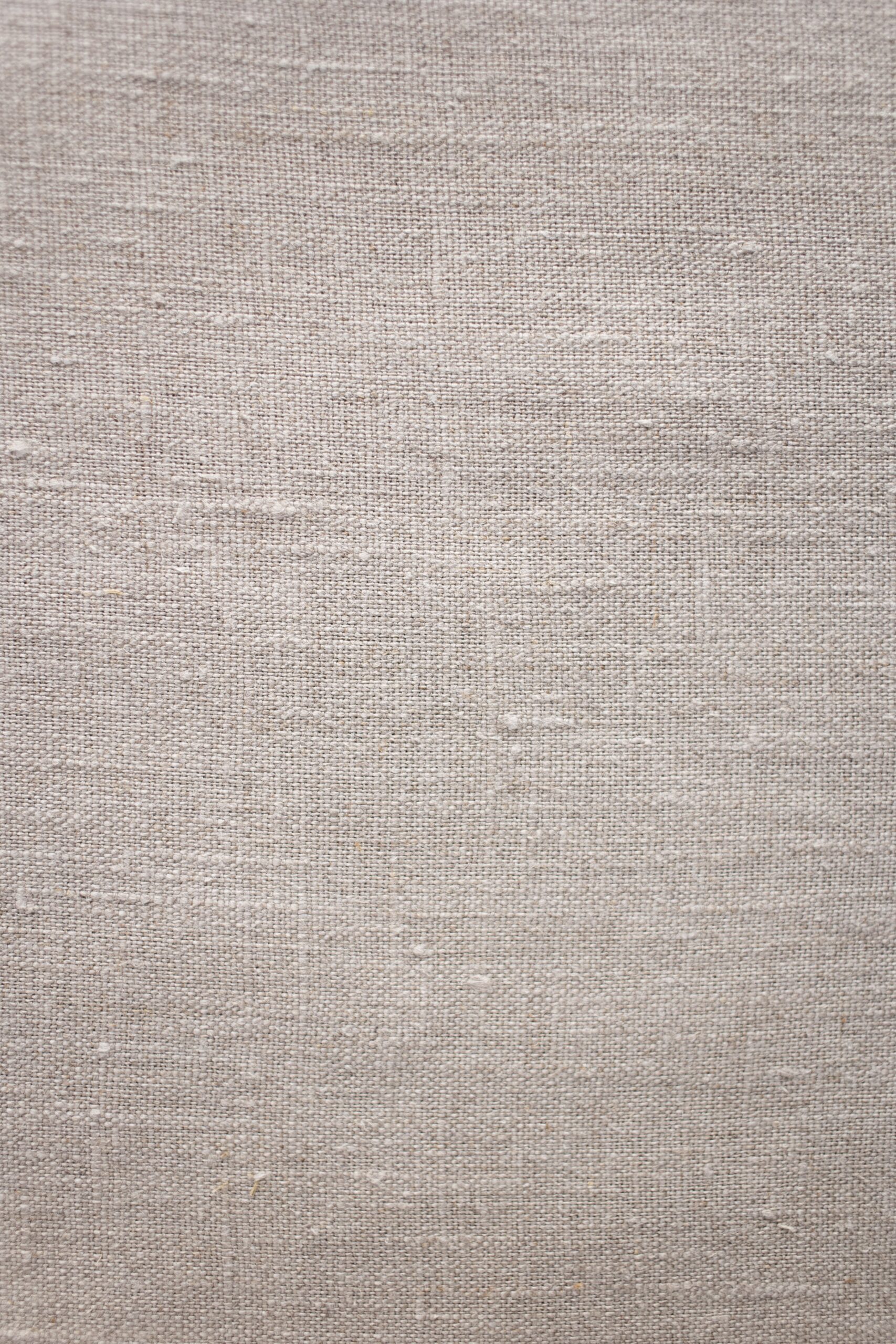
Friday 2 – Saturday 3 June 2023
Trinity College Dublin
Online Conference
Organised by
Adele Bardazzi
Keynote Lectures
by
Jessica Hemmings
Professor of Craft
HDK-Valand, University of Gothenburg
&
Anne Wilson
Professor Emeritus of Fiber and Material Studies
School of the Art Institute of Chicago
Scientific Committee
Irene Albino (Central Saint Martins, University of the Arts London)
Amaranth Borsuk (University of Washington, Bothell)
Roberto Binetti (St Anne’s College, University of Oxford)
Francesco Giusti (Christ Church, University of Oxford)
Jessica Hemmings (University of Gothenburg)
Allison Parrish (New York University)
Textile poem or poetic textiles? Can works that result out of the entanglement of the language of poetry and that of textiles help us to move beyond binaries to which we are doomed to even when searching for a term to refer to these works? Poetry is often referred to as a craft rooted in the making of a poem; similarly, textiles are often referred to as a form of language, one that disregards most of the elements that we are accustomed to in the way we understand and experience the written language of poetry: from ideas of linearity to a supposed superiority of sight over touch.
The last decades have seen a proliferation of works that combine textile practices and poetic language, especially by women artists and poets. Textile arts have often been understood as a particularly ‘female’ form of writing or expression in literature. Ovid’s Philomela, after her rape and after her tongue has been cut out, communicates her story through a non-verbal means of weaving, and Homer’s Penelope weaves and unweaves her textile every day until Odysseus comes home. The conference aims to stimulate conversations around contemporary works across languages, literatures, and different periods of time, that engage with the language of poetry and that of textiles.
In addition, the conference aims to re-evaluate how a poetics of making situated in textiles is not of less artistic value, but rather, it has been one of the most innovative ways in which poets and artists have been renewing our understanding of poetic language, reading practices, and the involvement of haptic experience when engaging with intermedial works. In The Subversive Stitch: Embroidery and the Making of the Feminine (1986), Rozsika Parker highlights the divide between arts and crafts, fine arts and decorative arts, high art and textile art. This historical hierarchical division of the arts results directly from the patriarchal structures that see women’s production as separate, something that is at the root of the marginalisation of women’s work. Art forms historically associated with women have been continuously downgraded and accorded lower artistic value. The engagement with textiles, like embroidery and weaving, has been historically consigned to women’s hands. However, it has also be employed by women to comment on the gendered reception of their work through textiles and, more broadly, to resist the constraints of femininity. Textiles have been used by women as an effective medium to comment on their conditions using the same tools – textiles – used to marginalise them. This subversive strategy is at the core of many women poets and artists working with the language of poetry and textiles.
Scholars and artists working within and in-between different areas of inquiry, including, but not limited to poetry and poetics, lyric studies, visual arts, transnational studies, community studies, gender and women’s studies, and intermedial studies are welcome to submit a 300-words abstract together with a short bio-bibliographical note to bardazza@tcd.ie by 15th January 2023. Responses will be sent out by 15th February 2022. Contributions will also be selected for inclusion in a proposal for an edited volume to be submitted to Bloomsbury Publishing. If you do not wish to participate in the publication process, please mention this in your abstract submission.
Please find below some ideas that might spark some thought for your contribution, although papers or creative-based talks and performances addressing other points not included below are naturally welcomed. Provisionally, it is envisaged that the following panels will result out of the abstracts submissions: Questions of Materiality and Immateriality, Questions of Subversion and Politics, Questions of Media and Intermediality, Questions of Interpretation of the Artistic Objects, Questions of Poetry and Poetics.
- The role of materiality in a poetics of making situated in textiles
- The poetic nature of multi-sensory material-objects
- Haptic experiences and textile poetry
- The role of the senses or the written word as a privileged medium of cognition
- Questions of gender in the making and reception of textile poetry?
- Forms of politics and activism in textile poetry
- Forms of collectivity, communities, and collaboration in the making of textile poetry
- Textile poetry as a form of subversion and resistance
- Textile poetry as a form of disrupting authority of linear, two-dimensional language and literature
- Computer programming, technology, AI and textile poetry.
- Textile poetry and fashion industry
- The role of the viewer/reader in ‘activating’ and/or in the ‘making’ of textile poetry?
- Reading practices for textile poetry
- Reading unreadable, erased forms of language in textile poetry
- The poetic and/or lyric core of textile poetry
- Textile arts resisting and/or rejecting language
- Forms of textility without the actual presence of textile material
- Intermediality, multimediality, multi-modality, etc, and textile poetry
- Similarities and differences between textile poetry and concrete poetry
- Rhythm in textile poetry
- Repetition in textile poetry
- Apostrophic address in textile poetry
- Re-enactment and re-iteration in textile poetry
- Textile poetry and forms of temporality


